Enhancing discoverability and preservation of University of Delaware Museums collections
In preparation for migration to AM Quartex, the University of Delaware Library, Museums and Press had to take stock of and rationalise seven distinct digital collections. Learn about how this was overcome in part three of this guest blog series by Theresa Hessey, Digital Collections Librarian, co-written with Jan Gardner Broske, Collections Manager and Curator.
The University of Delaware Library, Museums and Press has seven distinct digital collections that represent the selections of materials held within our Museums. Metadata for these collections began as a paper-based system that has since been stored in a variety of platforms. By the early 2000s digital photography of the collections had begun.
Although the quality of the photography varied, the primary issue was to create a photo documentary record of each object for identification purposes to accompany the record.
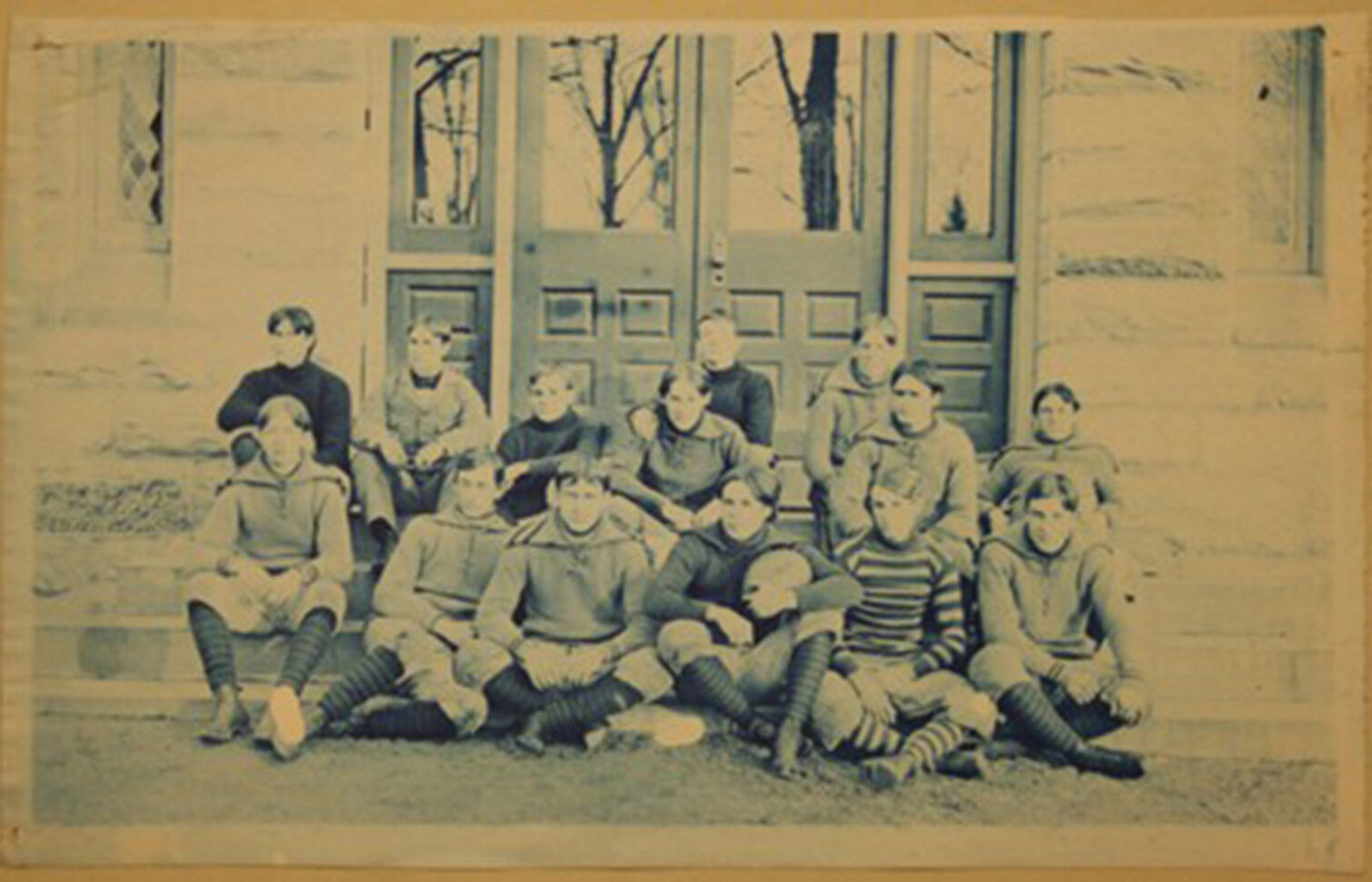
Unknown United States, 1895 Delaware College Football Team, 1895, Cyanotype, Museums Collections, Gift of Mrs. William Ray Baldwin
During this time, the University of Delaware briefly supported the use of a digital platform and the Museums General collection was uploaded. Because metadata and images needed to go to a campus computing group for upload, the workflow proved problematic. While discoverability of the collection was widespread, copyright questions related to image downloads lingered. Images were presented at a lower resolution and/or were watermarked to prevent inappropriate use but unauthorised downloads still occurred with little or no ability on the part of Museums staff to monitor or restrict such uses.
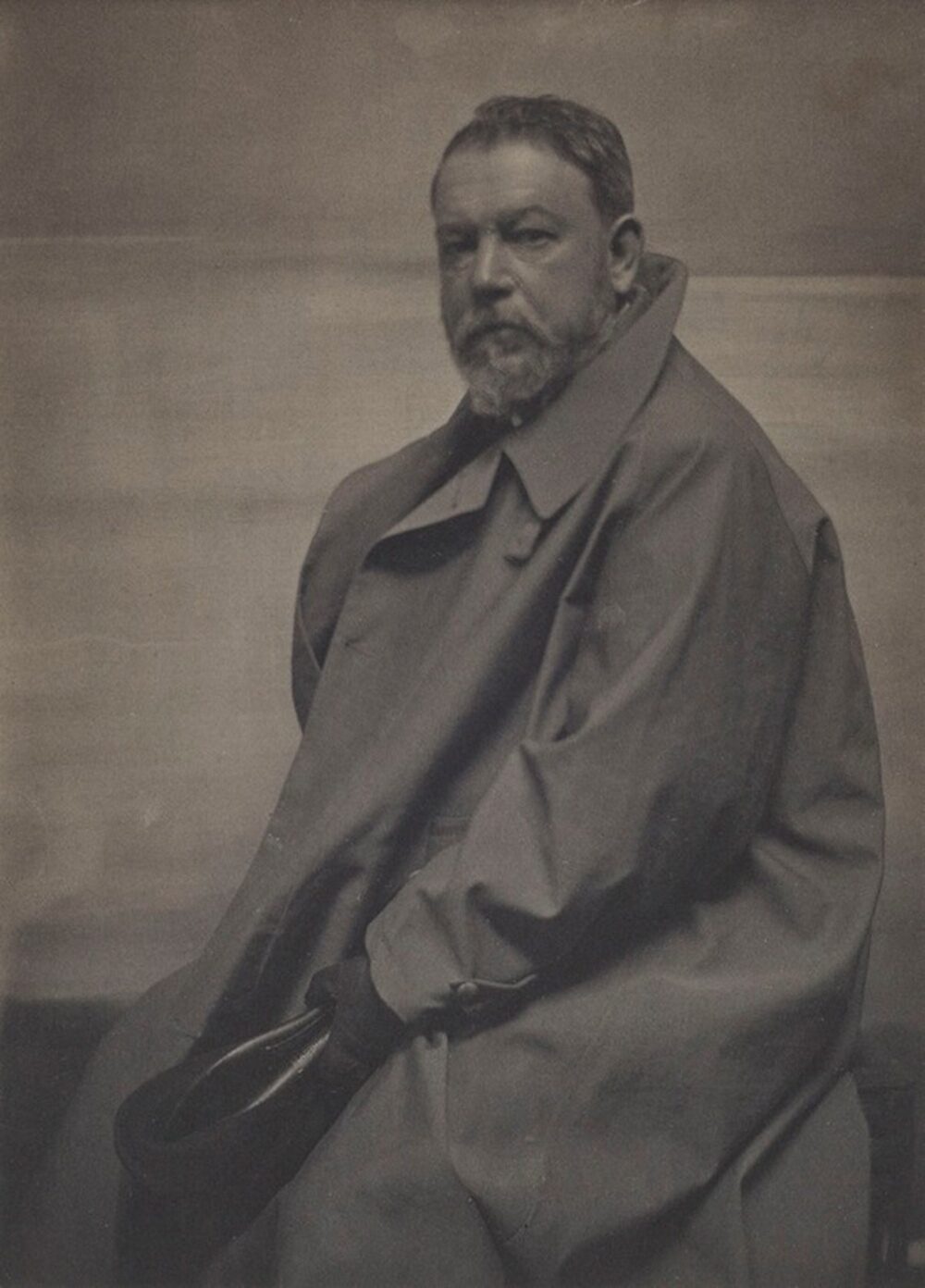
Gertrude Käsebier (United States, 1852-1934), Untitled (Portrait of Joachín Sorolla), c. 1908-1919, Platinum, Museums Collections, Gift of Mason E. Turner, Jr.
In 2012, Museums digital collections were migrated to a platform used by both the Library and the Department of Art History. This migration was completed without proper training for Museums staff and no metadata remediation was conducted. In 2015, the University of Delaware Library and Museums were merged and since that time, Library and Museums staff have worked closely together to enhance Museums metadata using established crosswalks.
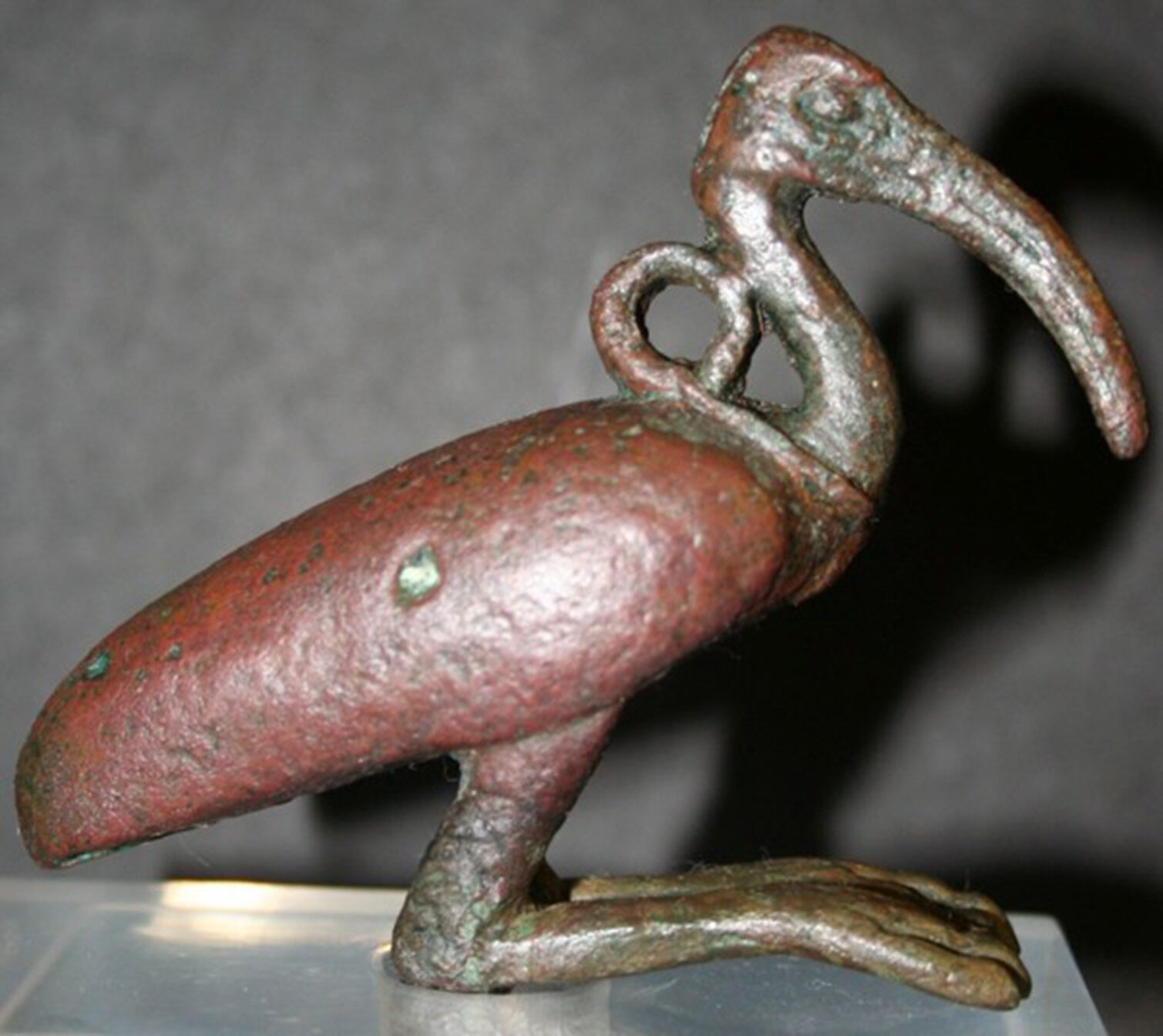
Unknown Egypt, Ibis Effigy, BCE 600-300, Bronze with polychrome, Museums Collections, Gift of Mr. Alan Gerdau
While the Museums digital collections represent only a portion of the materials housed across three distinct museums, providing digital access to researchers and increasing the discoverability of the treasures housed at the University of Delaware Museums is a significant priority for the organisation.
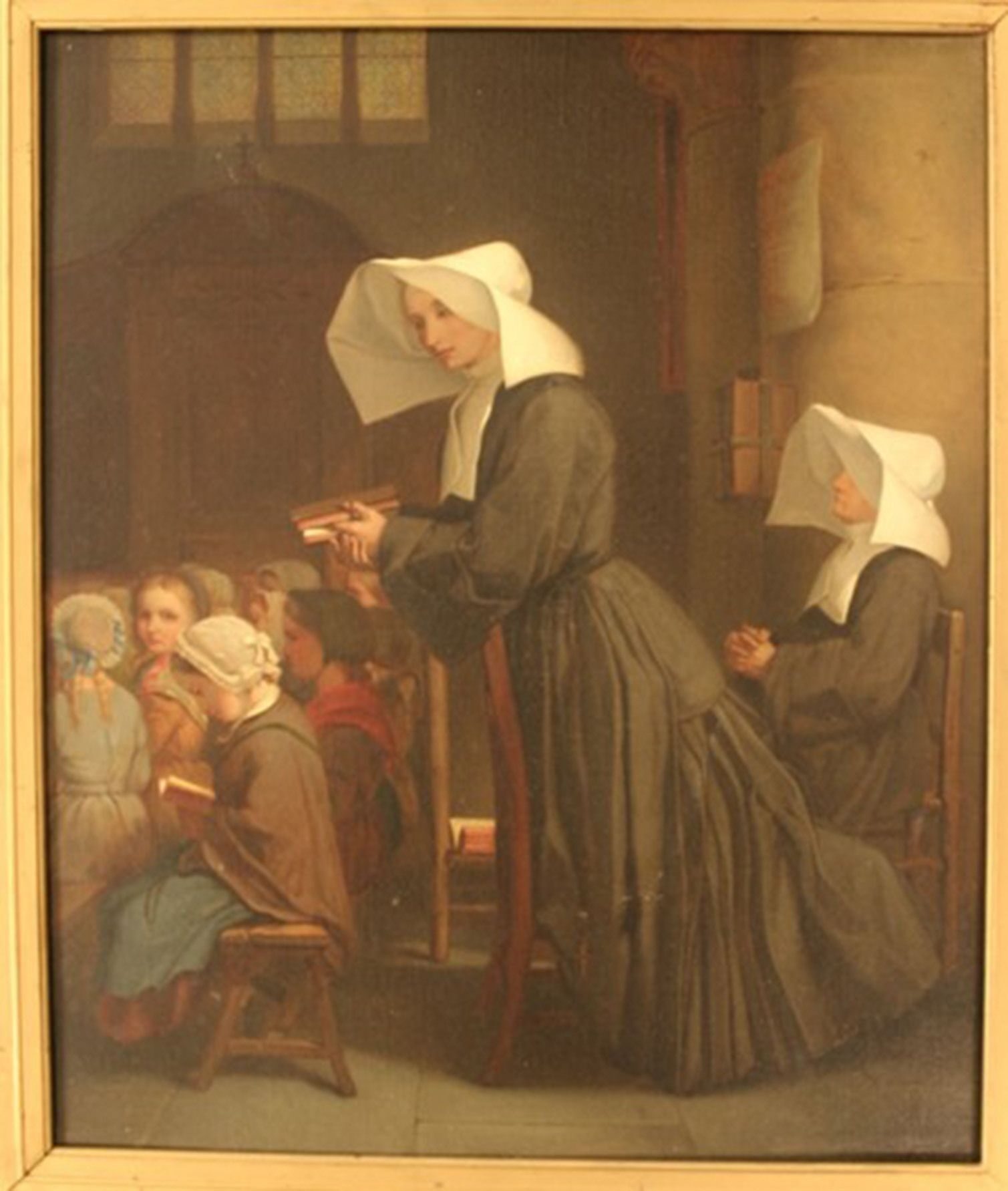
François Bonvin (France, 1817-1877), Untitled (Nuns and Schoolchildren), 1861, Oil on canvas, Museums Collections, Gift of Helen Farr Sloan
That’s why migration to AM Quartex will provide greater visibility for our Museums collections. By providing access to all Museums digital collections via a single URL, we can present the seven collections in a unique environment that makes them more discoverable.
In addition, the ability to restrict downloads allows Museums staff to balance the rights protections due to artists and creators with the desire to expand the reach of our collections.
Finally, users will be able to easily browse and search Museums collections in a separate digital environment from Library materials while allowing us to customise metadata to better reflect the unique nature of Museums collections.
Recent posts

The blog highlights American Committee on Africa, module II's rich documentation of anti-apartheid activism, focusing on the National Peace Accord, global solidarity, and student-led divestment campaigns. It explores the pivotal role of universities, protests, and public education in pressuring institutions to divest from apartheid, shaping global attitudes toward social justice and reform.
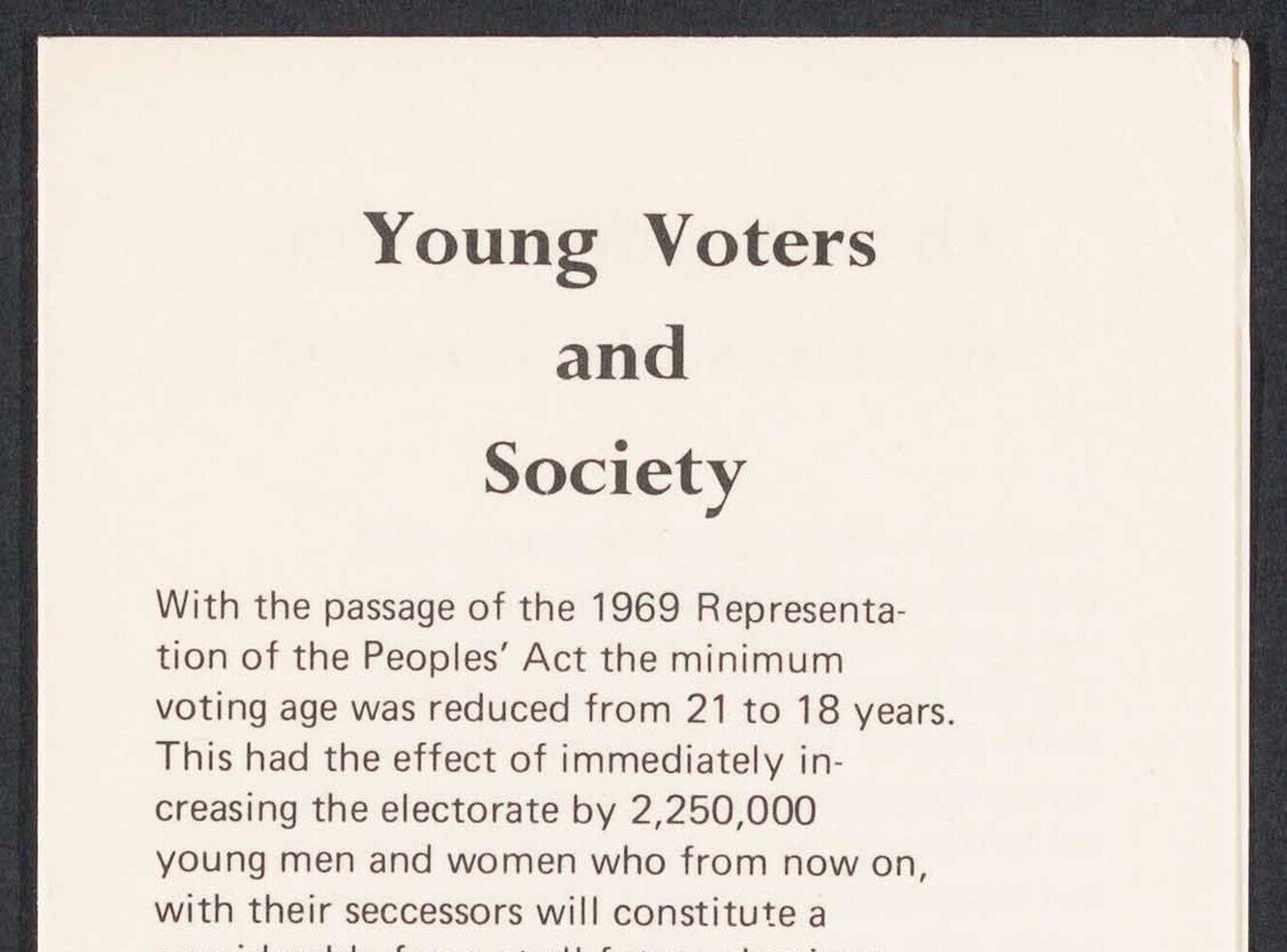
This blog examines how primary sources can be used to trace the impact of young voices on society, particularly during pivotal voting reforms in the UK and the US. Explore materials that reveal insights into youth activism, intergenerational gaps, and societal perceptions, highlighting their interdisciplinary value for studying youth culture, activism, and girlhood across history.
